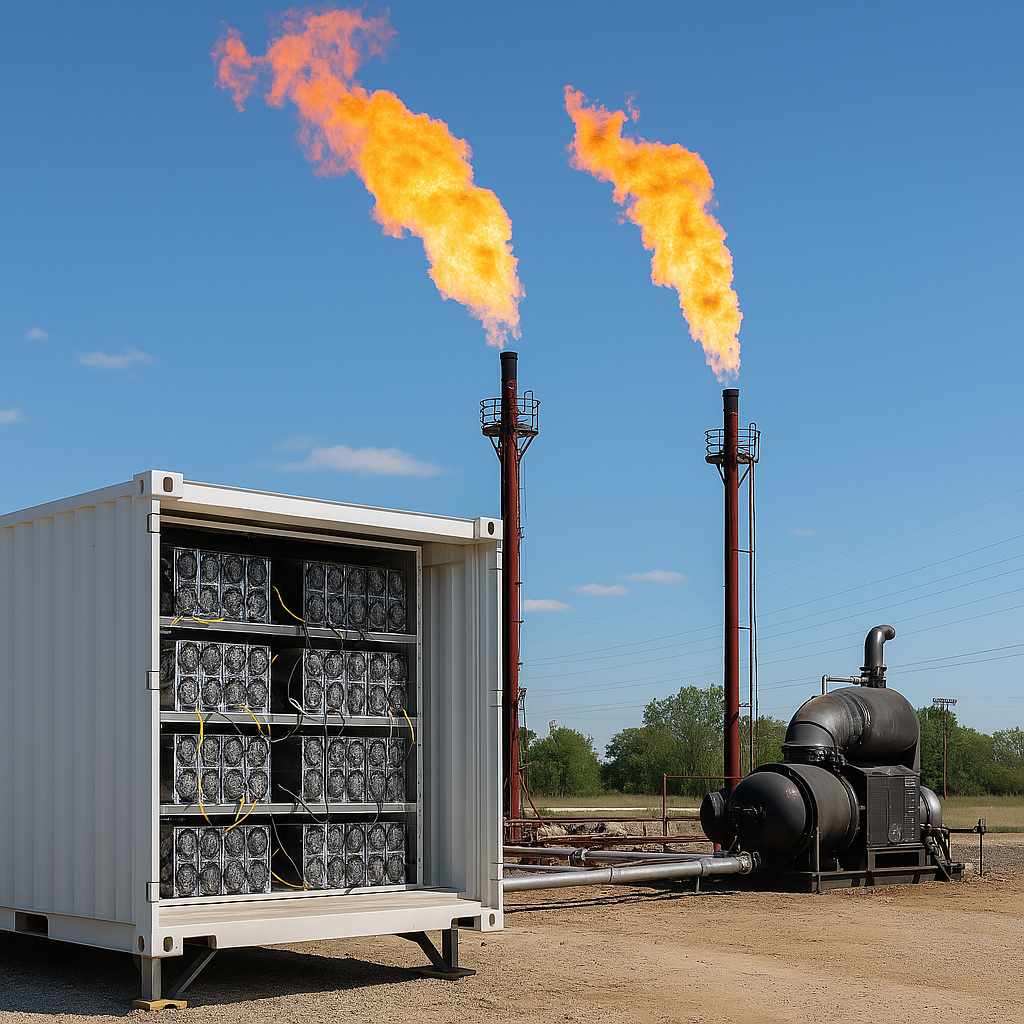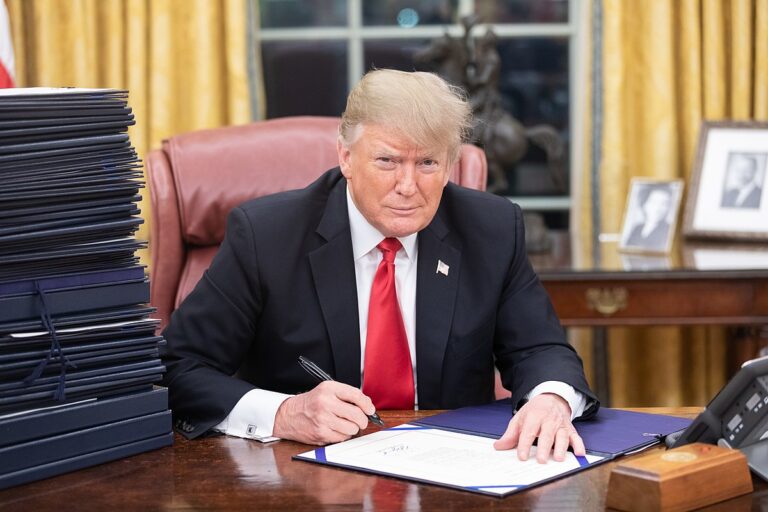
U.S. Senator Ted Cruz has introduced legislation that could mark a major win for the Bitcoin mining industry. This legislation could make it cheaper and easier to tap stranded natural gas as a power source.
The FLARE Act, unveiled March 31, proposes permanent 100% bonus depreciation for equipment. This includes equipment that captures and repurposes natural gas typically flared or vented at oil sites. If passed, miners could write off the full cost of generators and mobile data centers used to turn wasted gas into BTC. This would effectively lower infrastructure costs while meeting growing scrutiny over energy use.
The bill is part of a larger play to position the U.S., and especially Texas, as a global Bitcoin mining hub. It offers oil producers a new way to monetize previously unusable energy. It arrives at a time when American miners already command the highest global share of Bitcoin’s hashrate — around 37%. Pressure is mounting to reduce emissions from flaring and venting in fossil fuel operations.
For miners looking to scale, especially in remote regions, the FLARE Act offers a unique opportunity. The Act provides cheaper power, tax advantages, and regulatory alignment with pro-crypto energy policies. Mining farms colocated with oil fields — already a growing niche — could expand rapidly if the bill passes.
A strategic alignment: oil rigs and ASICs
The crypto mining sector has increasingly looked to off-grid and stranded energy to hedge against rising power prices and environmental criticism. Natural gas that would otherwise be flared can be captured on-site and used to power mobile mining containers. This model is already deployed by firms like Crusoe Energy and Giga Energy.
This bill could sharply improve the economics of those deployments. The permanent full expensing provision would cover qualifying equipment starting in 2026. This policy would continue even as other depreciation rules phase out across industries.
Texas miners stand to gain the most. With abundant gas resources and a friendly policy environment, the state already hosts around 28.5% of the U.S. mining capacity. Major players like Marathon, Riot, and CleanSpark have invested heavily in the region and are likely to support the bill’s passage.
The Digital Power Network, a coalition representing crypto miners and blockchain infrastructure firms, called the FLARE Act a key tool for both sustainable energy use and American tech leadership. The group argues that aligning crypto mining with gas capture tech turns an environmental liability into economic value. This is important as grid dynamics reward flexible, interruptible energy demand.
Political tailwinds — and headwinds
The bill fits into Cruz’s ongoing push to champion Bitcoin mining as part of Texas’s energy innovation ecosystem. It also follows a 2023 Texas law that exempted flared gas used on-site — including for mining — from state production taxes.
Still, the FLARE Act’s federal prospects remain uncertain. It enters a divided Senate where climate-focused Democrats are likely to question tax incentives for fossil fuel-based operations. Even those reducing emissions face scrutiny. Critics argue that subsidizing Bitcoin mining sends mixed signals amid climate goals. They believe it may delay long-term transitions away from oil and gas.
Environmental groups have pushed back, warning that the bill could entrench fossil-fueled mining rather than accelerate shifts to renewables. They also argue Bitcoin’s utility doesn’t justify its energy intensity — a long-standing criticism of proof-of-work systems.
That said, the bill is well-timed from an industry standpoint. Regulatory pressure on flaring is rising: new federal rules require gas capture on federal lands. Methane emissions are facing increasing scrutiny. Many producers are looking for voluntary compliance routes that also improve margins. Crypto mining offers exactly that.
What it means for miners
If passed, the FLARE Act would make flare-gas mining more competitive with grid-connected operations. This opens the door to off-grid scalability and geographic diversification. It could also reduce mining’s carbon footprint by replacing flaring with combustion that generates useful computing output. This is a point advocates are emphasizing.
More broadly, it signals continued momentum in the “Bitcoin mining meets energy infrastructure” narrative. This narrative has gained traction across Texas and parts of the Midwest. While challenges remain in Congress, the FLARE Act underscores a growing political appetite. At least in some corners, there is a desire to integrate mining into the U.S. energy strategy rather than regulate it out of existence.
For miners already eyeing stranded gas, this bill could be the next major catalyst.







